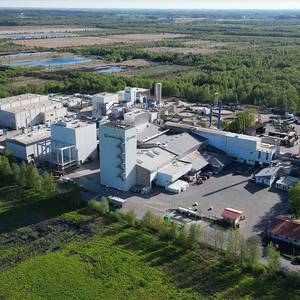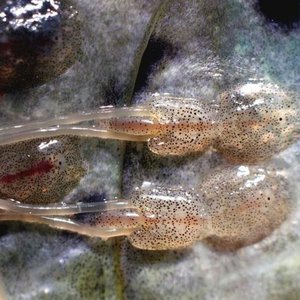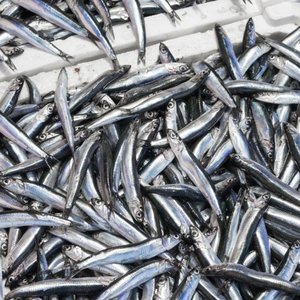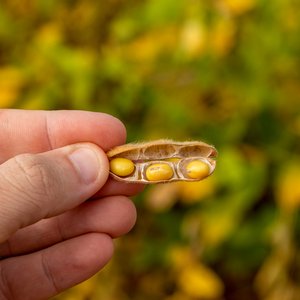Working Group study about sea lice in Clayoquot Sound
After four years of sampling juvenile wild salmon in Clayoquot Sound for sea lice, The Clayoquot Sound Sea Lice Working Group has released its findings on Monday, August 10th 2009. Titled “Prevalence and density of sea louse (L. salmonis and C. clemensi) infections in juvenile chum salmon (Oncorhychus keta) in Clayoquot Sound, 2004-2007,” the report is a collaborative effort between salmon farmers (Mainstream Canada and Creative Salmon Ltd.) and local First Nations (Ahousaht and Tla-o-qui-aht First Nations). The group is coordinated by Uu-a-thluk (Nuu-chah-nulth Tribal Council Fisheries).
Monitoring the prevalence and density of sea lice on juvenile wild salmon in Clayoquot Sound since 2004, The Clayoquot Sound Sea Lice Working Group captured and analyzed mainly chum salmon due to the fish’s abundance in the area. Because low numbers of other salmon and three-spine stickleback were captured, in-depth analysis of sea lice infection on these species was not completed.
The results of the studies revealed that the prevalence of sea lice fluctuated between 7% and 20% from 2004 to 2007, and overall, the prevelance of sea lice in the Clayoquot Sound did not vary significantly from year to year.
The Clayoquot prevalence findings are higher than that in the Bella Bella region (Raincoast Conservation Foundation 2007), but similar to those reported for the Mathieson and Finlayson Channels on the Central coast (Butterworth et al., 2008). However, Clayoquot prevalence findings are lower than that cited in Jones and Hargreaves (2006), both of whom studied juvenile salmon infection in the Broughton Archipelago.
In addition, further analysis of these data suggested that salinity was a greater factor in determining the distribution of sea lice than the geographic location of the sample sites.
Both prevalence and abundance of sea lice infestation on chum salmon showed a stepwise increase with increasing salinity.
Although there is no evidence at this time that the sea lice levels are affecting the survival of wild salmon populations in Clayoquot Sound, the Clayoquot Sound Sea Lice Working Group will continue to work together to proactively monitor sea lice levels on juvenile wild salmon and watch for any significant changes.
Read the report (PDF)










